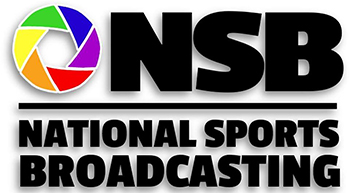Let’s begin with a quick rundown of basic shots and what they look like:
LONG SHOT
Generally speaking, a long shot will include the entire body of the subject or subjects.
MEDIUM SHOT
A medium shot will usually depict your subject anywhere from above the knees and up to just above the waist and up. Remember not to cut off your subjects at the knees, or any other juncture of the body – It looks awkward and poorly composed. Try to frame them just above or below the joint in question.
CLOSEUP
Closeups are where we most often see the emotional content of a scene. They allow us to see the character’s faces up close, and thus their state of mind. Close ups are usually framed from the chest up. Occasionally, however, they can be framed from forehead to chin, or will even involve just the subject’s eyes. We call this an extreme Closeup.
EXTREME CLOSEUP
ECUs, as they are sometimes written add drama. These shots benefit the most from having a very tight focus. For the most part, they’re used sparingly, but a single ECU can add a real punch to a scene.
MASTER SHOT
A quick note about the master shot: this is a term referring to a shot that runs for the length of a scene and shows all of the characters in view. It’s the most conservative way of staging a scene. Think of a master shot as being like watching a play from somewhere out in the audience. You see the entire set and where the characters are in relation to each other on the stage. In older films, and multiple-camera productions like sitcoms, scenes often begin with a master shot in order to orient the audience, and all of the rest of the shots in the scene relate back to this shot.
Most single-camera productions don’t rely so heavily on the master shot; however, keeping the master shot in mind can help you plan out the rest of your shot list. For example, in a scene depicting a conversation between two people, you may decide to cut to closeups of each person talking, plus an insert shot of an item that they’re talking about, and then cut back to the master shot after each one. This is a very basic way of editing a scene. There are also some special shots you might want to use in your storyboard. Here are a couple of examples.
